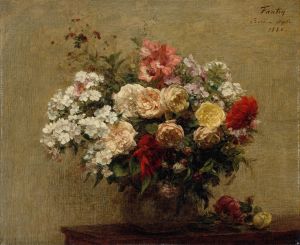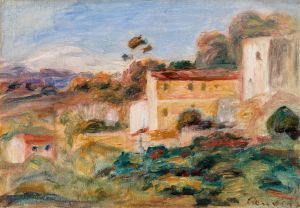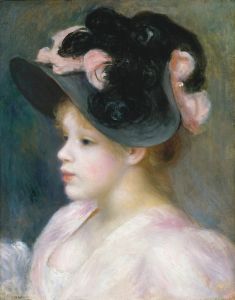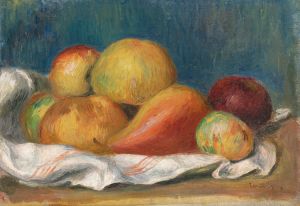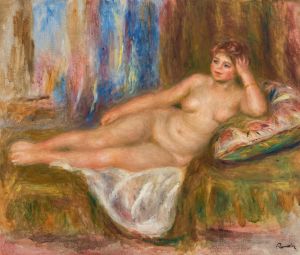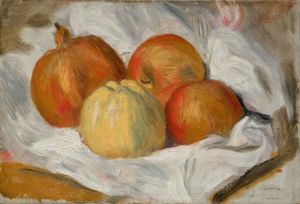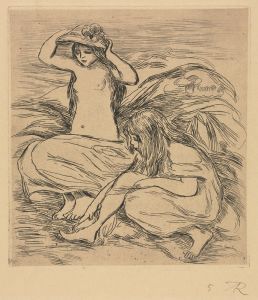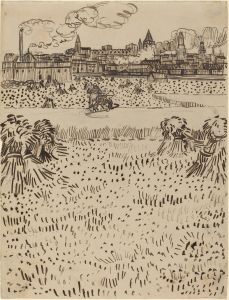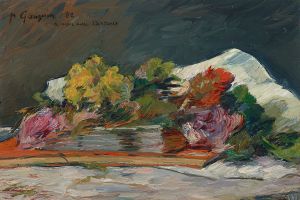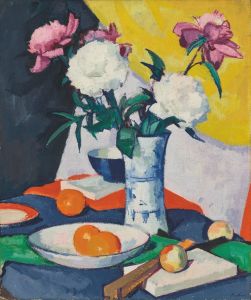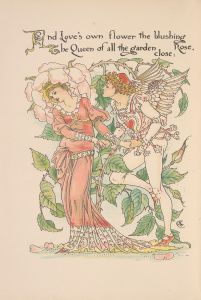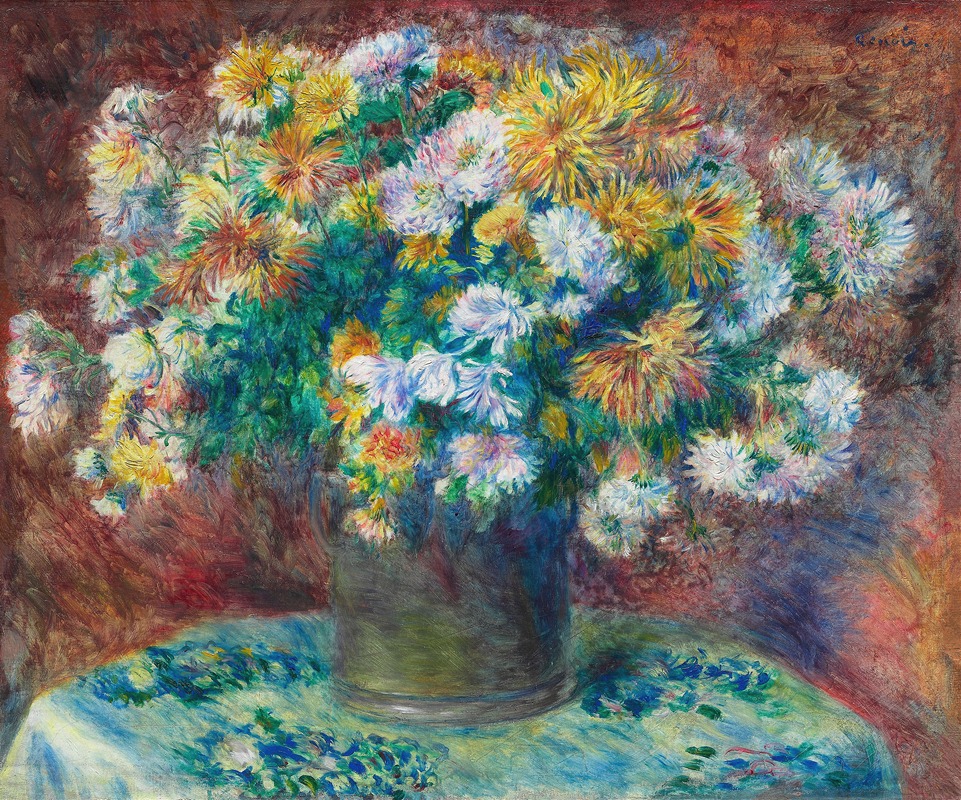
Chrysanthemums
A hand-painted replica of Pierre-Auguste Renoir’s masterpiece Chrysanthemums, meticulously crafted by professional artists to capture the true essence of the original. Each piece is created with museum-quality canvas and rare mineral pigments, carefully painted by experienced artists with delicate brushstrokes and rich, layered colors to perfectly recreate the texture of the original artwork. Unlike machine-printed reproductions, this hand-painted version brings the painting to life, infused with the artist’s emotions and skill in every stroke. Whether for personal collection or home decoration, it instantly elevates the artistic atmosphere of any space.
Pierre-Auguste Renoir, a prominent French artist and a leading figure in the development of the Impressionist style, created the painting "Chrysanthemums" in 1881. This artwork is a testament to Renoir's fascination with the beauty of nature and his ability to capture the delicate interplay of light and color, which are hallmarks of the Impressionist movement.
"Chrysanthemums" features a bouquet of chrysanthemums, a flower that was popular in 19th-century France and often associated with autumn. The painting showcases Renoir's skillful use of color and light, as he employs a vibrant palette to bring the flowers to life. The chrysanthemums are depicted with a variety of hues, including whites, yellows, and pinks, which are set against a soft, muted background. This contrast highlights the flowers' vividness and draws the viewer's attention to their intricate details.
Renoir's technique in "Chrysanthemums" reflects his broader artistic approach during this period. He was known for his loose brushwork and his ability to convey the effects of light on different surfaces. In this painting, Renoir uses short, quick brushstrokes to create a sense of movement and vitality, capturing the ephemeral nature of the flowers. The play of light across the petals and leaves adds depth and dimension to the composition, making the flowers appear almost three-dimensional.
The choice of chrysanthemums as the subject matter may also reflect Renoir's interest in Japanese art, which was gaining popularity in Europe at the time. The Japonisme movement influenced many Impressionist artists, including Renoir, who admired the simplicity and elegance of Japanese prints. Chrysanthemums are a common motif in Japanese art, symbolizing longevity and rejuvenation, and Renoir's depiction of them may suggest an appreciation for these cultural associations.
"Chrysanthemums" is part of a larger body of floral still lifes that Renoir produced throughout his career. These works allowed him to experiment with color and form while exploring the beauty of natural subjects. Unlike some of his contemporaries, who focused on urban scenes and modern life, Renoir often turned to nature for inspiration, finding joy and tranquility in its forms.
Today, "Chrysanthemums" is housed in the collection of the Musée de l'Orangerie in Paris, France. The museum is renowned for its extensive collection of Impressionist and Post-Impressionist works, and Renoir's painting is a significant part of this assemblage. Visitors to the museum can appreciate the painting's vibrant colors and delicate brushwork, which exemplify Renoir's mastery of the Impressionist style.
In summary, "Chrysanthemums" by Pierre-Auguste Renoir is a beautiful example of Impressionist art, showcasing the artist's skillful use of color and light to capture the essence of natural beauty. The painting reflects Renoir's interest in floral subjects and his ability to convey the transient qualities of nature through his distinctive brushwork. As part of the Musée de l'Orangerie's collection, it continues to be admired by art enthusiasts and serves as a testament to Renoir's enduring legacy in the world of art.





